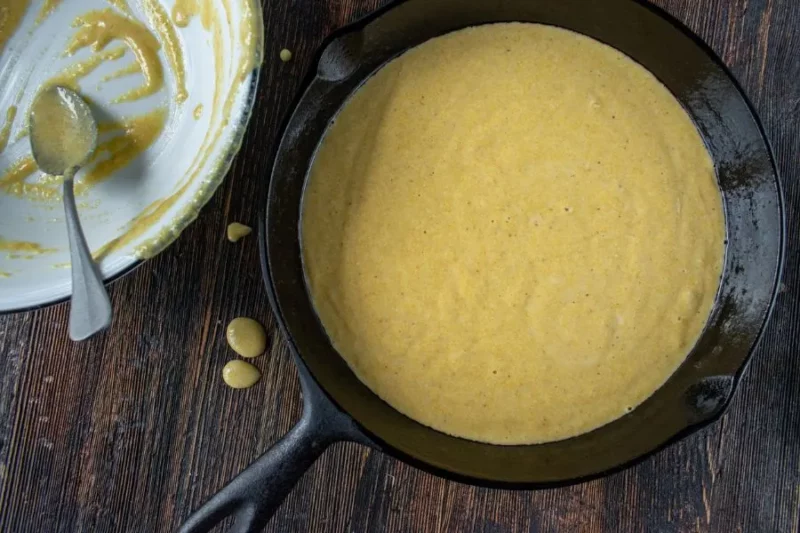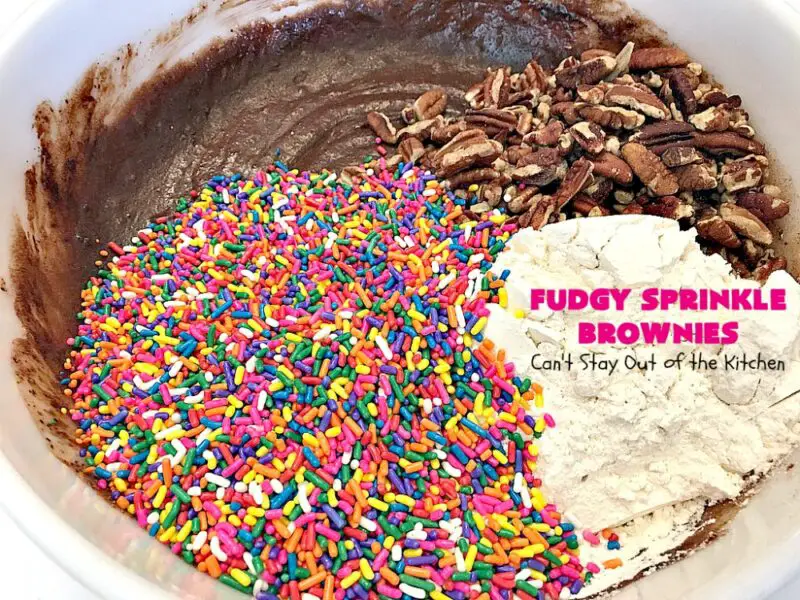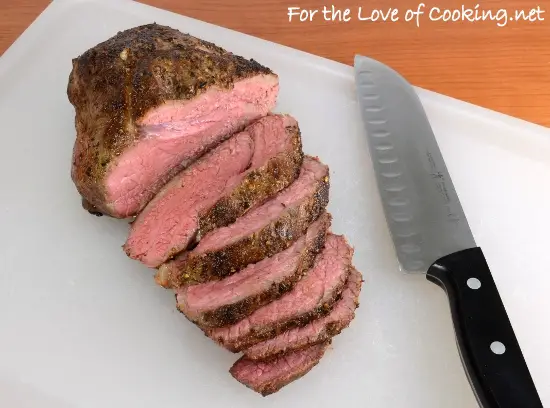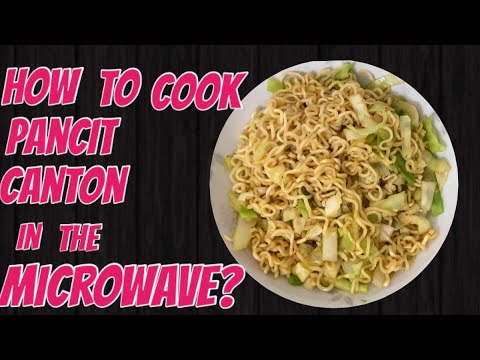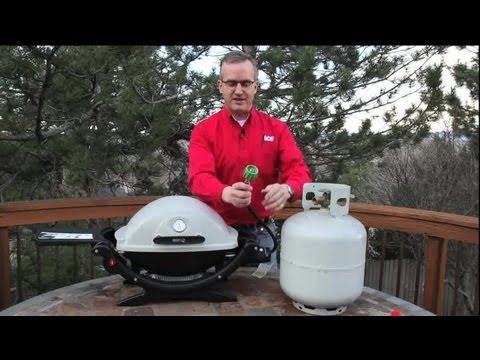Cornbread is a staple food item that has been enjoyed by many cultures for generations. This versatile dish can be served as a side or used in various recipes, making it an essential part of any kitchen repertoire. However, sometimes cornbread may not cook all the way through in the middle, leaving a gooey and undercooked center. In this article, we will explore why this happens and offer some solutions to prevent this common problem.
Understanding Cornbread
Before we dive into common issues with undercooked centers, let’s take a moment to understand what cornbread is and its origins. Cornbread is a traditional American quick bread made from cornmeal and flour. It is believed to have originated from Native American cuisine and became popular during the Civil War when wheat flour was scarce.
There are many variations of cornbread, including Southern-style cornbread that typically uses less sugar than Northern-style versions. Sweet cornbread may also include additional ingredients such as honey or molasses for added sweetness.
The key ingredients in cornbread are cornmeal, flour, baking powder, salt, eggs, milk (or buttermilk), and oil (or butter). The purpose of each ingredient is to create a balanced recipe that yields a fluffy texture while preventing the bread from being too dry or crumbly.
Common Culinary Mistakes
One of the most common reasons for an undercooked center in cornbread is excess moisture in the batter. If there is too much liquid in the batter, the heat won’t penetrate evenly throughout causing an uncooked center. Here are some things you can do to avoid adding too much moisture:
- Measure your ingredients properly
- Reduce the amount of milk if needed
- Use less oil
- Make sure your eggs are at room temperature
- Don’t overmix your batter
Another possible culprit could be incorrect oven temperature which can cause uneven cooking. Be sure to preheat your oven properly before baking your cornbread and use an oven thermometer to ensure it is at the correct temperature. If you’re using a glass dish or cast-iron skillet, the cooking time may vary, so be sure to keep an eye on it.
How to Tell if Cornbread is Done
To tell if your cornbread is cooked through, perform a “toothpick test”. Dip a toothpick into the center of the cornbread and pull it out. If there’s no batter sticking to the toothpick, then it’s done. Another method is to gently press down on the center of the bread with your finger. If it springs back, then it’s done.
If after cutting into your cornbread, you realize that it is not cooked in the middle, don’t worry! You can always put it back in the oven for a few more minutes until cooked through.
Adjusting Cooking Methods Based on Type of Dish
Different types of dishes or pans require different cooking methods when baking cornbread. For example:
- A cast-iron skillet requires preheating before pouring in the batter
- Baking pans should be greased adequately before pouring in your batter
- Glass dishes cook faster than metal ones so reduce baking time accordingly
By understanding these differences and adapting accordingly, you can achieve perfect results every time.
Advanced Techniques for Perfect Cornbread
For those looking for even better results with their cornbread, here are some advanced techniques you can try:
- Preheat your skillet before adding the batter to create a crispy outer layer
- Let your ingredients sit at room temperature for 30 minutes before mixing them together (except butter)
- Sift dry ingredients together before including wet ingredients
- Using buttermilk instead of regular milk for added tanginess
Trying out these techniques may take some practice but will undoubtedly yield excellent results.
Troubleshooting Common Issues
A few other common problems when making cornbread can include burnt tops or bottoms. To fix this, you can try some of the following:
- Reduce oven temperature by 25 degrees Fahrenheit (or lower)
- Use parchment paper to prevent sticking and burning
- Move the dish to a different rack in the oven
By addressing these problems as soon as they arise, you’ll be left with evenly cooked, crispy, and delicious cornbread.
Conclusion
Cornbread is a beloved staple food item that can elevate any meal. However, sometimes it may not cook through all the way resulting in a gooey center. By understanding what causes this problem and practicing techniques to prevent it from happening, you’ll soon be enjoying perfectly cooked cornbread every time.
As you experiment with different methods and recipes, please share your feedback with us! We’d love to hear about your experience and how you were able to perfect your own version of this beloved dish.
Q&A
- Q: My cornbread always comes out undercooked in the middle, what am I doing wrong? A: There are a few potential reasons for this issue. It could be that you are baking the cornbread at too high of a temperature, causing the outside to cook faster than the middle. Or, you may be overfilling your pan, leading to an uneven distribution of heat during baking. Additionally, using too much liquid or not enough leavening agents can also result in an undercooked center.
- Q: Is it possible that my oven temperature is inaccurate and causing my cornbread to be undercooked? A: Yes! An oven that is not calibrated correctly can throw off cooking times and temperatures, leading to inconsistencies in baked goods. Try using an oven thermometer to make sure your oven is heating to the correct temperature before baking your next batch of cornbread.
- Q: Can I salvage undercooked cornbread or is it a lost cause? A: You may be able to save your undercooked cornbread by returning it to the oven for a bit longer at a lower temperature. Cover the pan with foil and bake at 325°F until a toothpick inserted into the center comes out clean. Alternatively, try slicing the undercooked pieces and frying them up as “corn cakes” for a tasty side dish!
- Q: What can I do proactively to prevent undercooked cornbread from happening in the future? A: First and foremost, make sure you are following your recipe’s instructions closely and measuring ingredients accurately. Consider using an insulated muffin or cake pan instead of a traditional metal one for more even baking. And lastly, don’t be afraid to experiment with different oven temperatures or bake times until you find what works best for you and your particular equipment setup!
